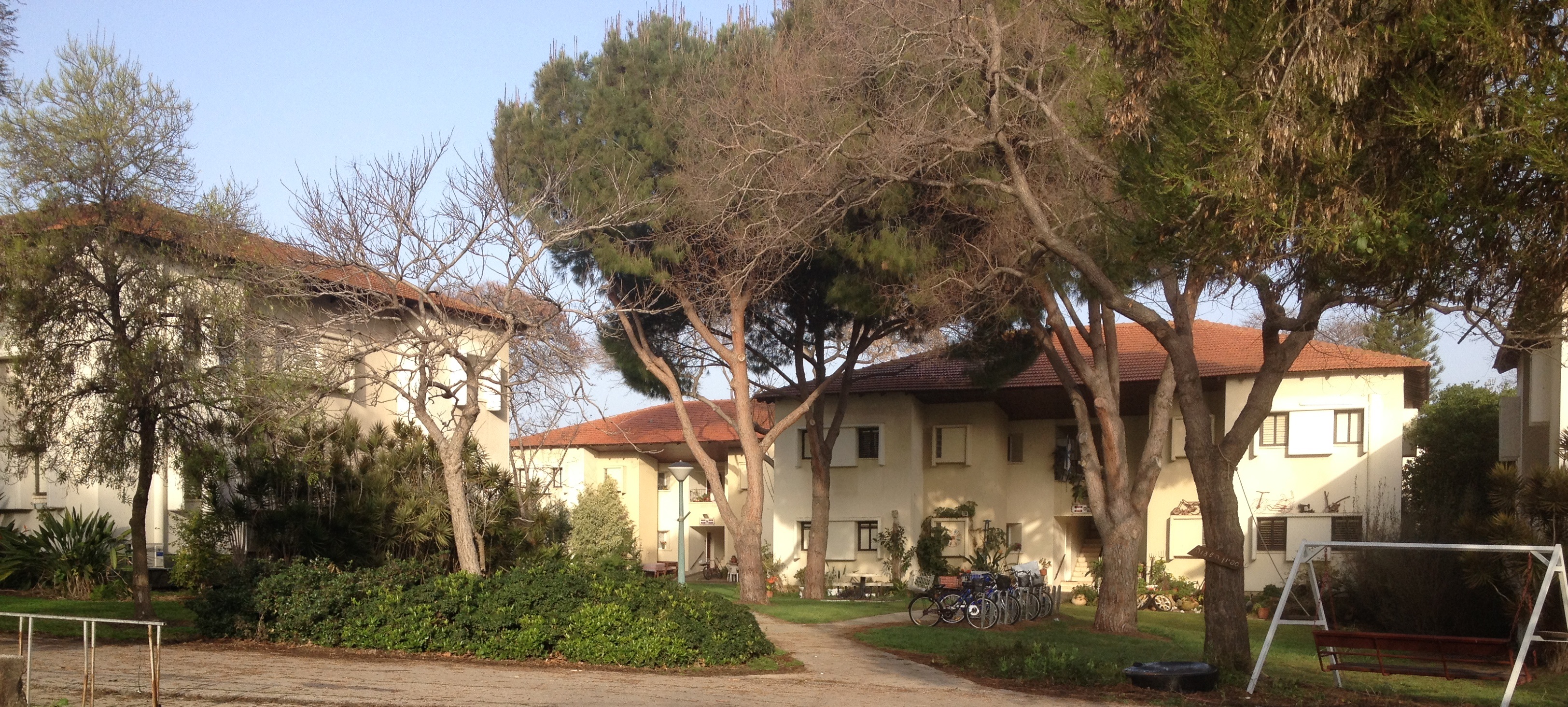
The Midrash then tells us that Abraham spent his childhood in the family’s idol making workshop, where he “helped” when his father was away. One day, the father came back to find many of the statues broken. ‘What happened here’? He cried horrified as he saw his livelihood smashed on the floor, with only one big idol left, holding a big stick in his hand. ‘Well, you see papa’, explained the little Abram, ‘a woman came and brought a dish for them and they all started fighting over who will get it, so the biggest one was hungriest so he beat up everybody’, Abraham said, pointing to the big stone figure.
‘What nonsense’! Replied the father, ‘These are figures made of stone and wood! They cant fight’! ‘Indeed’, said young Abraham. ‘Then why do you pray to them’?
Since we meet the Biblical Abraham when he is 75 years old, we don’t really “know” whether his father was an idol maker, a shoe-shinier or a lawyer. The Midrash, acting as a “lacuna filler” shares with us the story. It might be something that everyone knew back then, and therefore there was no need to write it down till later (like the fact that “everyone knew” that king David’s great grandmother was a Moabite so there was no need to write it down until later times, when it was added to the 3rd section of the Bible). Alternatively, the Midrash can also bring a story regardless of its objective “truth”, in order to highlight some aspects and teach us a lesson. In this case, we are taught that “idolatry” and falsehood can be right in our homes and that we need to question it and confront it in our lives as well. The stories that are brought here include such midrashim (plural form of midrash) and other sources, some fantastical and some factual, all thoughtful and potentially educational and inspiring.
A few last notes before we begin: The Bible’s original language is Hebrew. The Talmud, vast body of Jewish wisdom, tells us that the day Scripture was translated was the saddest day on earth. Some things just can’t be translated. Take for example the expression “it’s raining cats and dogs”. How can we translate it to another language? Translating it literally will be simply stupid; translating it figuratively will lose the intense and fun imagery. In order to gain the most of the original text, we offer a little bit of both: transliteration and translation with commentary. And no, no previous Hebrew knowledge is necessary when reading this book.
It is also important to note that there is no “it” in Hebrew. The Torah speaks of “male and female He created them”. When looking at a couple’s relationship, the Torah looks at A man and A woman. This is due to not only physical but especially spiritual aspects. Yet, we know that relationships are relationships, and patterns we’ll see here, can be seen in gay couples too. We will discuss this in greater length later.
This book is not complete, and after more than a decade of fiddling with it, we know it will never be. The stories and messages they bear we bring before you today have shaped and reshaped before our own eyes over and over again. No longer an apple tree and a funny looking legged snake but a couple struggling to stay together, making difficult choices in a challenging world that threats to tear them apart. This collection therefore is not about the 10 steps, 7 styles, 4 ways. It’s an invitation to join in an eternal conversation about the stuff life is made of.










